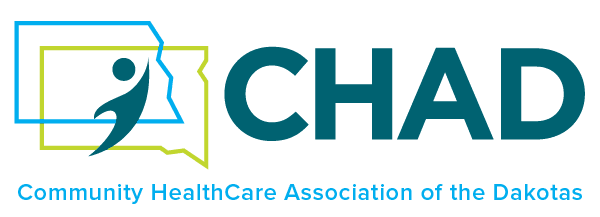Written by Jenn Saueressig, Clinical Quality Manager
October is National Breast Cancer Awareness Month, a time to highlight the importance of prevention, screening, and early detection. According to the CDC, each year about 270,000 women are diagnosed with breast cancer in the U.S. and 42,000 die from it. Other than skin cancer, it remains the most common cancer among women.
In 2024, the U.S. Preventive Services Task Force (USPSTF) updated its guidelines to recommend mammograms every two years for women ages 40 to 74 at average risk. This change lowers the starting age from 50 to 40, which could help detect more cancers earlier. The American Cancer Society and ACOG also support starting screening at 40, with ACS recommending annual screening from 45 to 54, then every two years or individualized decisions thereafter. For women at higher risk, such as those with genetic mutations or strong family histories, additional screening like an MRI or ultrasound may be appropriate.
Community health centers play a vital role in helping women access screening and follow-up care. Providers are encouraged to talk with women beginning at age 40 about mammograms and risk factors. Outreach efforts this month should focus on reducing barriers such as cost, transportation, and awareness. Culturally appropriate messaging and resources like Woman’s Way in North Dakota and All Woman Count in South Dakota can also support access to care.
Early detection saves lives, and this October is a reminder for providers, patients, and communities to work together in improving breast cancer outcomes.
Check out CHAD’s Breast Cancer Screening & Prevention Toolkit for more resources to promote early detection and to encourage patients to schedule their breast cancer screenings.

